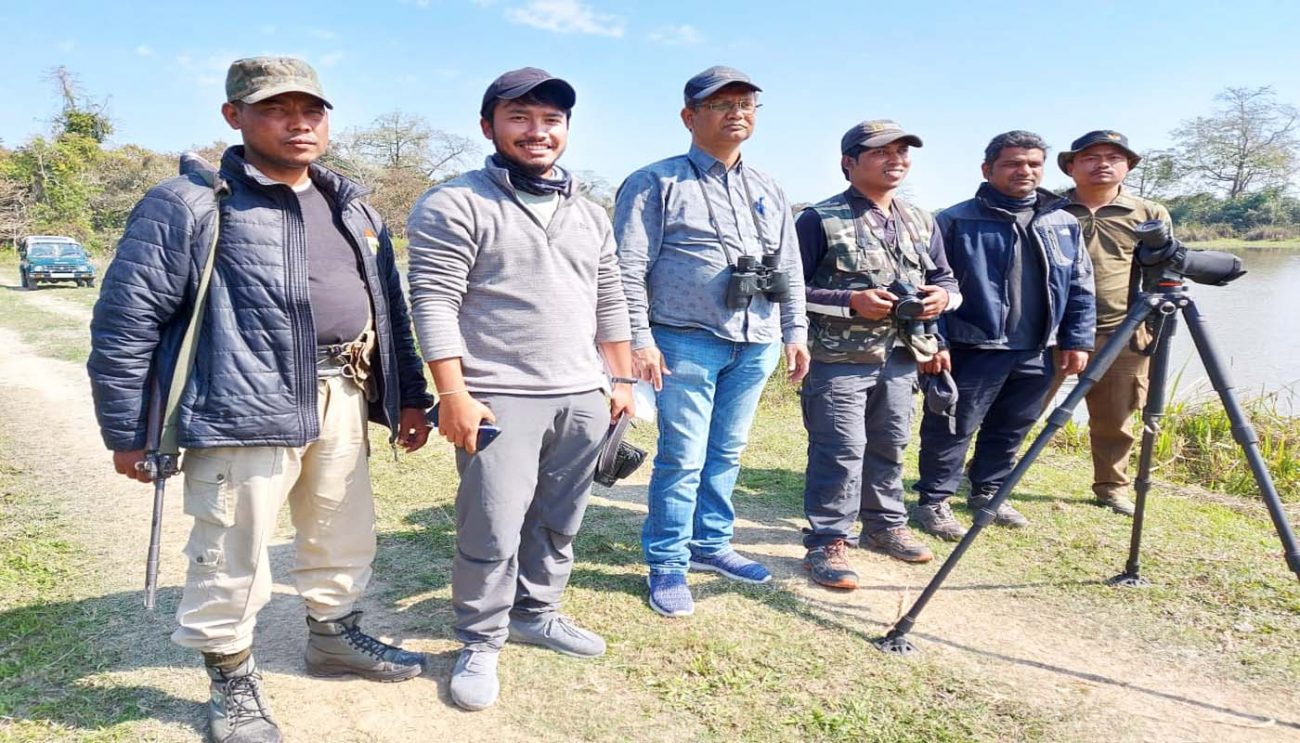Kaziranga waterfowl spread wings wider but wetlands under threat
52 wetlands across Kaziranga Tiger Reserve were identified and 36 seasoned birders were involved in the exercise as enumerators for the 3rd Annual Waterfowl Census of Kaziranga

By ROOPAK GOSWAMI
Guwahati, Feb 9: Waterfowl in Kaziranga National Park and tiger reserve have increased but its wetlands are under threat.
The 3rd Annual Waterfowl Census of Kaziranga, held on February 6-7 has recorded 93,491 birds from 112 different species belonging to 22 families. The number has registered a steep increase of 175 percent as compared to 2019 when the number of waterbirds counted was 34,284. In 2018 it was 10,412.
Highest number of species
The highest number of species (26) are from the family Anatidae, which is the family of ducks and geese.
The top three species counted by number are Eurasian Coot, Bar-headed Geese and Common Teal.
Of the 112 waterfowl species found in Kaziranga, 58 are migratory species visiting Kaziranga from different parts of the world, including Europe, Central Asia and East Asia.
The maximum increase in the number of birds is witnessed in Laokhowa-Bura Chapori Wildlife Sanctuary where the number of birds increased from 9,244 individuals to 71,902 individuals.
Objective of the waterfowl survey

The major objectives of the exercise was to record and estimate waterfowl and winter migratory birds and to monitor and assess the health of wetlands.
In order to carry out this census exercise, 52 wetlands across the Kaziranga Tiger Reserve were identified and 36 seasoned birders were involved in the exercise as enumerators.
https://www.facebook.com/watch/?v=179798333912360
Wetlands under threat
The census report says the area under wetlands of Kaziranga have reduced from 8.5% of total area to 6.7% over a period of 30 years from 1967-68 to 1997.
Kaziranga National Park Park director P. Sivakumar told NewsFile, “We are developing around six wetlands in newly added areas.”
The report says threats to its wetlands are from siltation, erosion, fragmentation of beel and invasive species.
2020 World Heritage Outlook Report
According to the 2020 World Heritage Outlook Report, river bank erosion is caused by the Brahmaputra along the northern boundary of the World Heritage Site.
This natural factor could have increasingly adverse implications on the site in the future through increasingly large floods linked to climate change. An indication of the potential for impacts is that nearly 3,000 ha of an original 43,000 ha area has been eroded.
On the spread of invasive species, it says although the national park authorities and the Wildlife Trust of India have cleared mimosa from most of the park, there is still some concern about the efficacy of the efforts undertaken, including manual uprooting and controlled burning, and the impact of these efforts has yet to be scientifically assessed.
Waterfowl conservation
The Ramsar Convention says waterfowl are birds ecologically dependent on wetlands.
BirdLife International says waterbirds such as herons, egrets, swans, ducks and geese, and waders use wetlands during the majority of their lifetime. At least 12% of all Globally Threatened Birds, (146 species) depend on wetlands.
The waterfowl census in Pobitora wildlife sanctuary held on February 7 recorded 58 waterbird species with more than 24,000 individuals.
In 2020, 64 waterbird species with more than 15,000 individuals were recorded.
Aaranyak collaborated with the Assam forest department in holding the waterfowl census.


